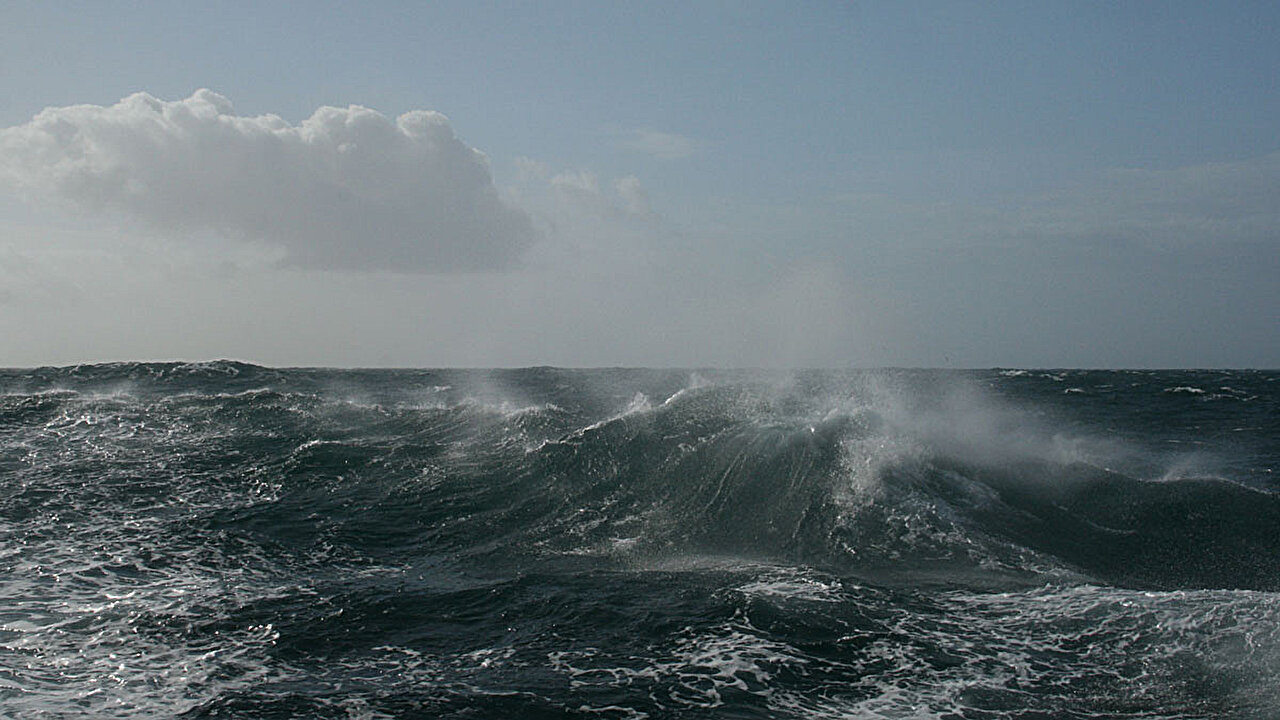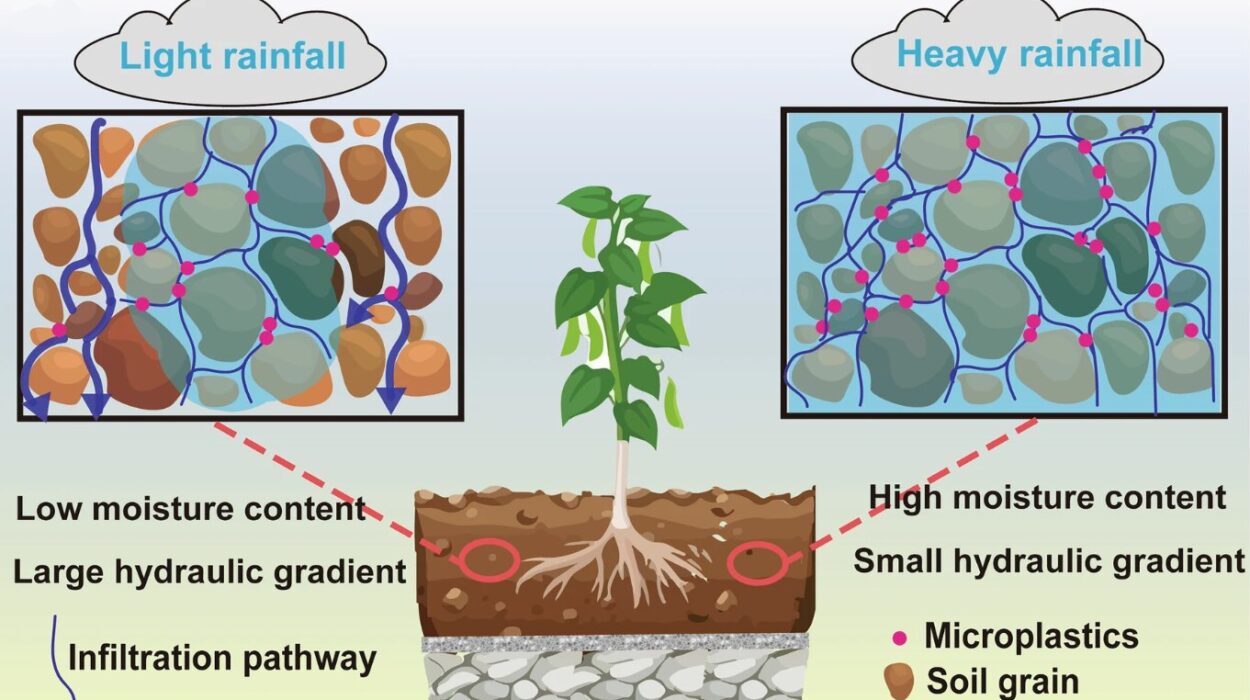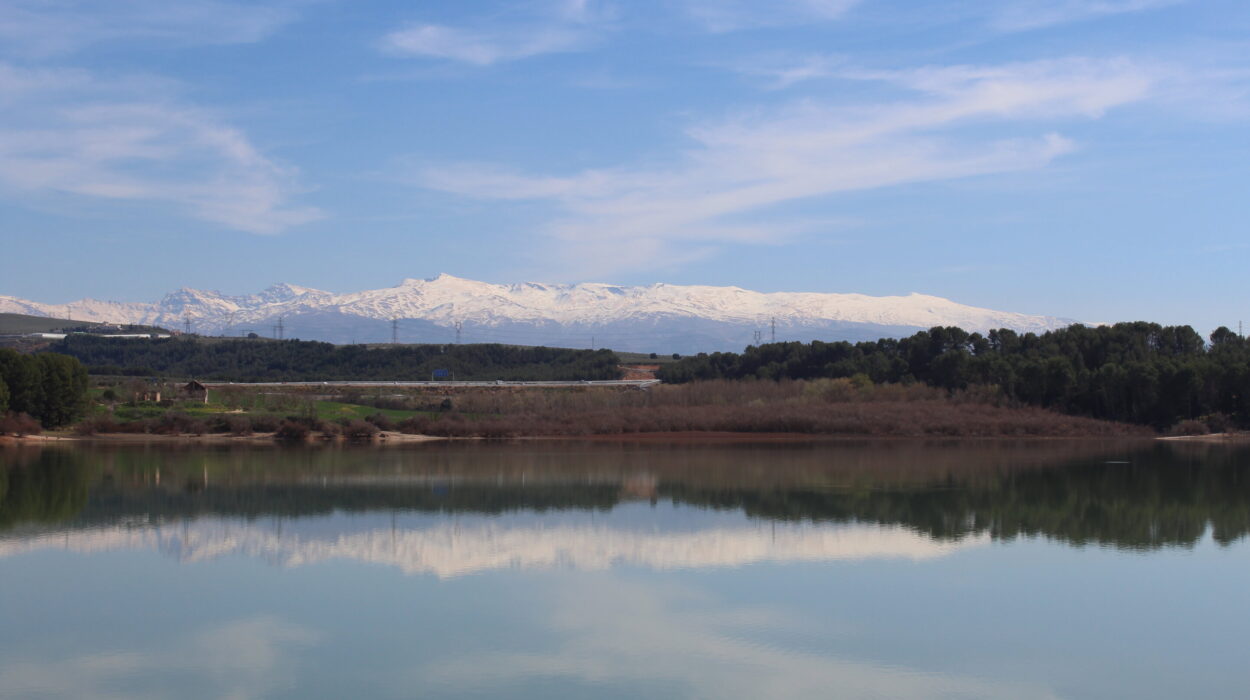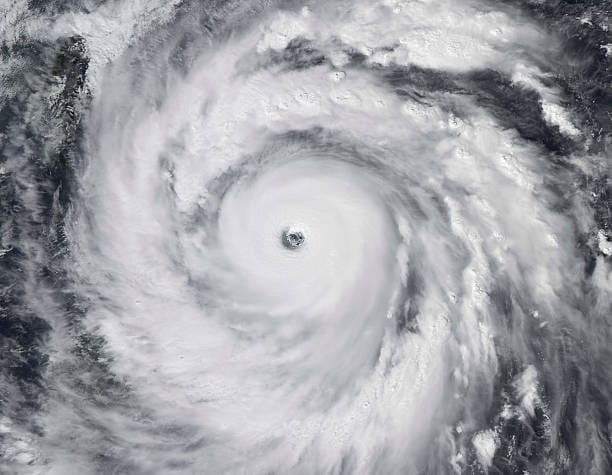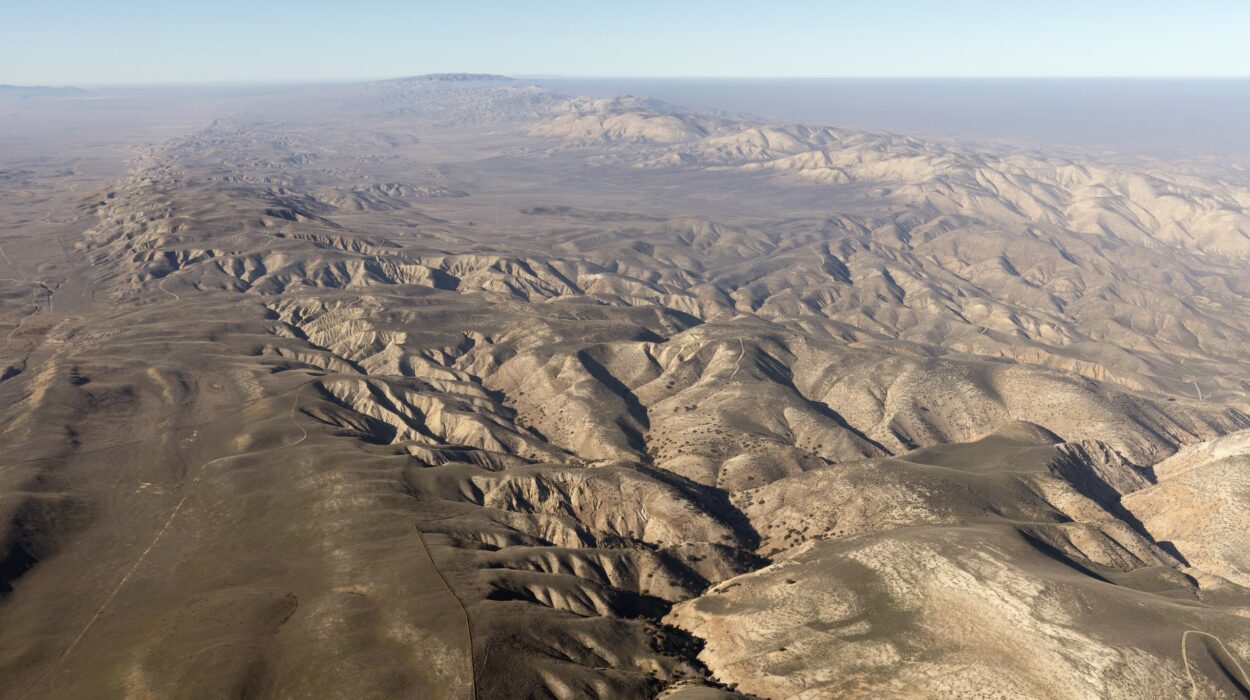For generations, the ocean has been Earth’s quiet guardian—absorbing our excess heat, softening the sting of global warming, and swallowing roughly a quarter of the carbon dioxide we release into the atmosphere. Without its immense buffering power, our planet would be far hotter, our weather far wilder, and our ecosystems far more fragile.
But what happens if we succeed in turning back the tide of emissions—if, after centuries of pollution, humanity begins to remove carbon dioxide from the atmosphere instead of adding more? Will the ocean continue to help us, or could it, in an unexpected twist, push back?
A new study by Ivy Frenger and colleagues, published in AGU Advances, delves into that very question. Their findings focus on one of the most powerful and mysterious regions on Earth—the Southern Ocean—and they reveal a surprising possibility: in a cooler, carbon-reducing future, the ocean itself might briefly warm the planet again.
The Southern Ocean: Earth’s Climate Engine
Encircling Antarctica like a vast, restless ring, the Southern Ocean is one of the planet’s most dynamic and influential systems. It plays a central role in regulating Earth’s climate, driving global ocean circulation and acting as a giant carbon and heat reservoir. Powerful currents constantly churn its waters, drawing up deep, ancient layers rich in nutrients and gases, while pulling heat and carbon from the surface into the ocean’s depths.
This vast engine helps cool the Earth, but it is not a passive player. It stores the energy of centuries of human activity—every ton of carbon burned, every degree of warmth trapped in the air has, in part, been absorbed and hidden beneath its waves.
A World of Net Negative Emissions
The researchers wanted to explore a scenario many climate scientists hope we will reach within this century: a world of net negative emissions. In such a future, humanity not only stops releasing carbon dioxide but also removes more of it from the atmosphere than it emits—through technologies like carbon capture, reforestation, and soil restoration.
To understand how the ocean might respond, the team used an advanced climate model called UVic v. 2.9, developed at the University of Victoria. This model combines multiple systems: atmospheric energy and moisture, ocean circulation and sea ice, land biosphere, and ocean biochemistry. By simulating centuries of change, it offers a long-term glimpse into how the climate’s intertwined systems might behave.
Their experiment began with a familiar trajectory—carbon emissions rising for 70 years until atmospheric CO2 levels doubled. Then, in the simulation, humanity rapidly reduced emissions and maintained negative carbon levels, causing the planet’s average temperature to slowly decline.
The Ocean’s “Burp” of Heat
For centuries, as the Earth cooled in the simulation, the Southern Ocean continued to absorb heat and carbon. But then, unexpectedly, it did something astonishing. It released a sudden burst of stored warmth—a kind of oceanic “burp.”
This release triggered a period of renewed warming that lasted for decades, even centuries, despite continued cooling elsewhere. The event was powerful enough to briefly rival the rates of historical human-caused warming.
The researchers describe this phenomenon as a natural response to shifting climate balances. The ocean, after holding heat deep below its surface for generations, began to vent that energy back into the atmosphere once the planet’s overall temperature started to drop.
Interestingly, while this burst released a significant amount of heat, it emitted very little carbon dioxide. That’s because the chemistry of seawater tends to trap carbon even as it exchanges heat, thanks to the complex interplay between temperature, salinity, and dissolved gases.
The Hidden Complexity of Climate Reversal
The study’s results are both fascinating and sobering. They suggest that even if humanity successfully cools the planet, the climate system may not respond smoothly. The ocean’s deep memory—its capacity to store and later release energy—means that temperature reductions may come with unexpected pauses or reversals.
In other words, the road to a cooler planet could include temporary detours of renewed warmth, driven not by our emissions, but by the planet’s own delayed reactions.
Frenger and her team emphasize that their study used a model of intermediate complexity—not as detailed as the most advanced global climate models, but sophisticated enough to capture essential dynamics. Even so, when tested against other simulations, the results held firm, suggesting the effect is real and worth deeper investigation.
The Southern Ocean’s Global Influence
Why does the Southern Ocean matter so much? Because it’s one of the planet’s major “lungs” for heat and carbon exchange. Despite covering only about 30% of the ocean’s surface area, it absorbs nearly three-quarters of the ocean’s total heat uptake. Its currents link all major ocean basins, meaning changes there can ripple across the entire globe.
If the Southern Ocean releases stored heat during a cooling phase, it could slow the pace of global temperature recovery, altering weather patterns and delaying some of the benefits of emission reductions. Such an event might temporarily influence atmospheric circulation, rainfall distribution, or even ice sheet stability around Antarctica.
Understanding this dynamic is essential for climate policy and planning. If oceans can “push back” during cooling phases, climate models and global strategies must account for that feedback, ensuring that the world’s expectations for recovery timelines remain realistic.
The Ocean’s Memory and Humanity’s Challenge
What makes this discovery so profound is the reminder it offers: the ocean remembers. It remembers every pulse of warmth, every molecule of carbon, every shift in wind and current. The heat we poured into it over the past century does not simply vanish—it hides, waiting for the right moment to resurface.
This means that even in a world where we reverse global warming, nature’s systems may continue to echo the effects of our past actions. The planet has inertia, and the ocean is its slow-beating heart.
Yet, this is not a reason for despair. Instead, it is a call to humility and awareness. Our planet’s climate is not a machine that can be instantly reset; it is a living, breathing system with long memories and complex feedbacks. The better we understand those rhythms, the more wisely we can navigate the future.
Watching the Southern Ocean
Frenger and her colleagues urge continued monitoring of the Southern Ocean. Today, fleets of research vessels, autonomous floats, and satellites track its temperature, salinity, and circulation patterns. These observations are crucial for validating models and detecting early signs of major shifts.
As human-driven climate interventions—like carbon removal or solar radiation management—move from theory to possibility, knowing how the ocean will react becomes vital. A misstep could trigger unintended consequences, such as abrupt changes in ocean chemistry or regional weather.
The Southern Ocean, once seen as a remote and inhospitable frontier, is now recognized as one of the most important players in Earth’s climate drama.
The Fragile Balance of the Blue Planet
The ocean’s story is one of resilience and restraint. For over a century, it has shielded us from the full force of global warming, at great cost to its own health. Its waters have become warmer, more acidic, and less oxygenated. Marine ecosystems—from plankton to whales—have already felt the strain.
Now, as we seek to undo the damage, we must remember that every action has echoes. The ocean will help us, but not without consequence. Its vastness gives us time; its complexity demands respect.
More information: Ivy Frenger et al, Southern Ocean Heat Burp in a Cooling World, AGU Advances (2025). DOI: 10.1029/2025av001700
